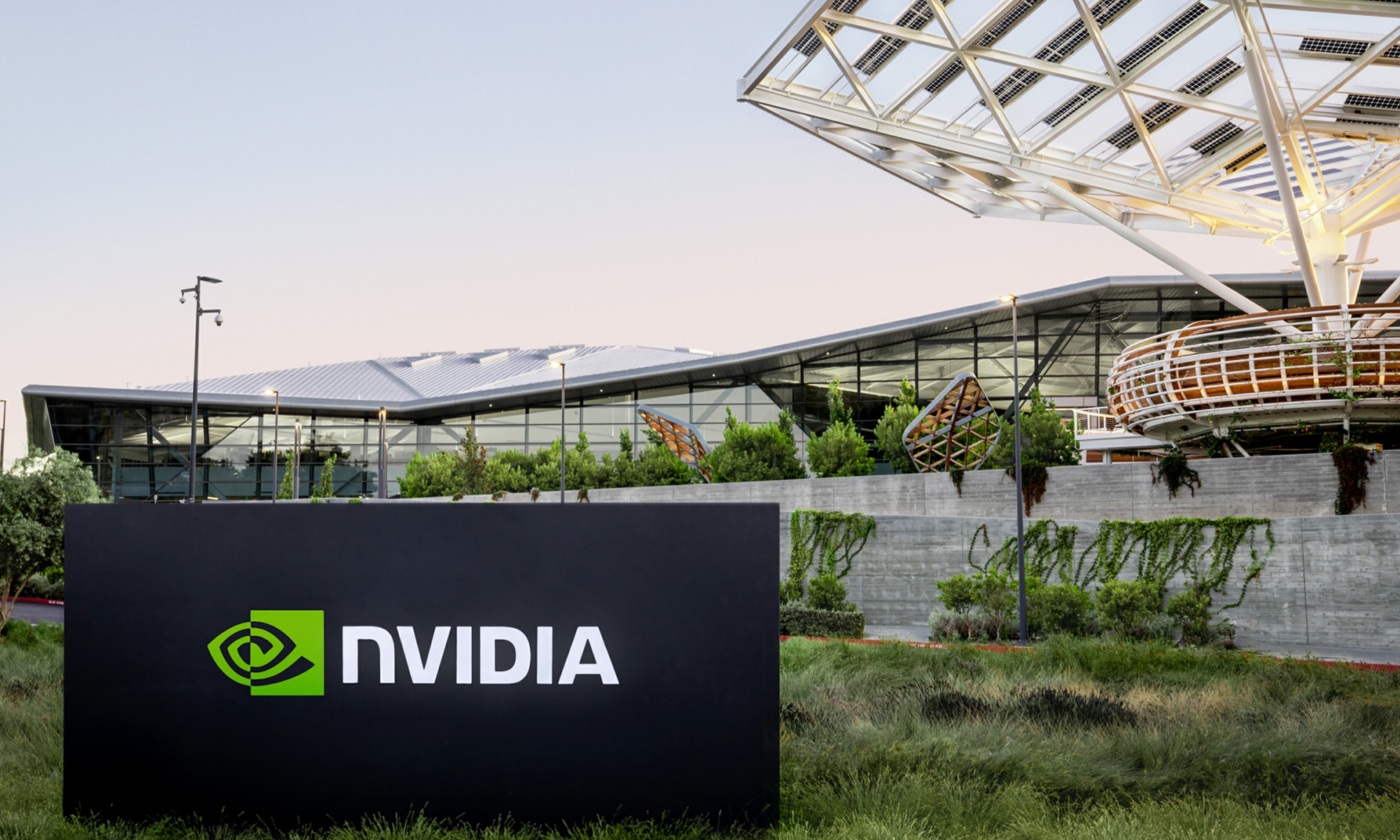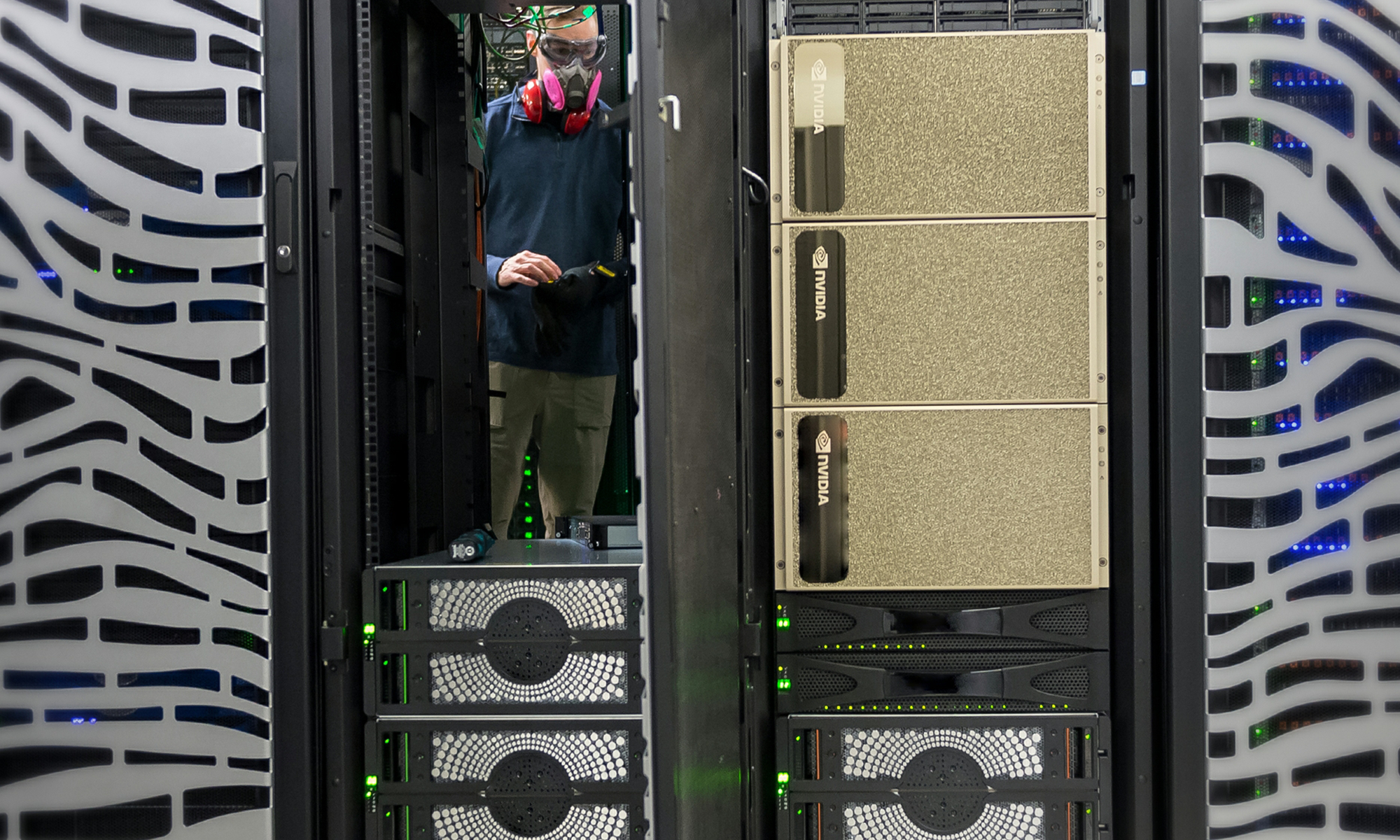Advances in the field of artificial intelligence (AI) have taken the world by storm over the past few years, but much of the initial hype has since subsided. Investors are looking for evidence that the adoption of AI still has legs. Nvidia's (NVDA 0.39%) graphics processing units (GPUs) quickly became the gold standard for training and running generative AI models. The company generated five consecutive quarters of triple-digit revenue and profit growth, but as its growth rate began to decelerate, investors got nervous.
The company is scheduled to release the results of its fiscal 2026 first quarter after the market closes on Wednesday, May 28, and shareholders -- and indeed Wall Street at large -- will be sitting on the edge of their seats for clues as to where AI goes from here.
Let's review the company's most recent results, see what the available evidence suggests about the company's future prospects, and whether Nvidia stock is a compelling opportunity ahead of its highly anticipated financial report.

Nvidia's GB200 Grace Blackwell Superchip. Image source: Nvidia.
Enviable results
For its fiscal 2025 fourth quarter (ended Jan. 26), Nvidia reported revenue of $39.3 billion, which soared 78% year over year and 12% sequentially. Strong sales drove robust earnings per share (EPS) of $0.89, which surged 82%. Lest there be any doubt, it was the continuing adoption of AI that fueled the results, as revenue in its data center segment jumped 93%.
Nvidia expects its strong growth to continue. For its fiscal 2026 first quarter (ended April 28), management is guiding for revenue of $43 billion, which would represent growth of 65%. Wall Street is equally bullish, with analysts' consensus estimates calling for revenue of $43.15 billion and adjusted EPS of $0.73. While this would mark a minor deceleration compared to last quarter's robust sales performance, it would be remarkably strong nonetheless. Nvidia has a long history of issuing conservative guidance, so the actual results could well be higher.
Existing customers, new opportunities
The popular narrative suggests the rapid buildout of AI-centric data centers by the major cloud and tech companies is showing cracks, but the evidence suggests otherwise.
Amazon Web Services, Microsoft Azure, and Alphabet's Google Cloud, the "Big Three" in cloud computing, have announced plans to boost infrastructure spending this year. Not surprisingly, the vast majority of that spending is earmarked for additional data centers to support demand for AI. Not to be outdone, Meta Platforms has already announced plans for higher capex spending than it originally envisioned. The totals are intriguing:
- Amazon: $100 billion
- Microsoft: $80 billion
- Alphabet: $75 billion
- Meta: $68 billion
As the world's foremost provider of processors used for AI, Nvidia is well-positioned to capture a significant part of this data center spending from the four horsemen of tech.
There's more. The Trump administration recently rescinded the so-called "AI Diffusion Rule." The strict set of export curbs initiated by the Biden Administration was designed to keep U.S. adversaries from using AI against our national interests. Critics complained the rules were too strict and threatened to stifle innovation. Rescinding this rule opened the floodgates, resulting in a host of new AI chip deals for Nvidia.
For example, the company announced a partnership with Saudi Arabian company Humain. Nvidia will immediately supply more than 18,000 GB300 Grace Blackwell processors -- its most advanced AI chips -- for the country's data center buildout, with plans to eventually ship "several hundred thousand." The deal also includes Infiniband networking technology solutions, which provide ultra-fast processing combined with low latency.
This helps illustrate the vast opportunity that remains for Nvidia.

NASDAQ: NVDA
Key Data Points
Is the stock a buy before May 28?
Make no mistake, Nvidia remains extremely volatile, but it's hard to deny the company's long-term success. Over the past three years, the stock has gained 688% (as of this writing) but has also fallen as much as 35% -- so it isn't for the faint of heart. This helps illustrate one of the surest paths to investing success: Buy stocks in the best businesses you can find and plan to hold for at least three to five years.
The biggest question on the mind of investors is whether Nvidia stock will rise or fall following its highly anticipated financial report, and the truth is I have no idea. In fact, anyone who professes to know what will happen in the days or weeks to come is not being completely honest.
If I were to prognosticate, I would feel comfortable making several very vague predictions:
- Nvidia will announce another quarter of record revenue
- The company will likely beat analysts' consensus estimates, which are calling for sales of $43.15 billion -- which is slightly ahead of Nvidia's guidance of $43 billion -- and adjusted EPS of $0.73.
Beyond that, your guess is as good as mine, and my predictions could be dead wrong.
That said, nothing about my investing thesis for Nvidia has changed. The company's state-of-the-art GPUs are the gold standard for AI processing, and it continues to dominate the market. There's always the chance someone will create a better mousetrap, so to speak, but the specter of competition is always a factor.
The majority of experts believe we're still in the early stages of AI adoption. Most estimates place the AI market size at a minimum of $1 trillion, with some estimates suggesting it could eventually be 10 to 15 times higher.
Nvidia stock currently sells for roughly 30 times forward earnings, with its valuation recently rebounding from a two-year low. However, the company's history of innovation, industry-leading position, and long track record of growth give me confidence the best is yet to come.
For investors who believe that AI is still in the early innings and Nvidia will continue to lead the charge, buy Nvidia stock and buckle up for the bumpy -- yet potentially lucrative -- ride ahead.





